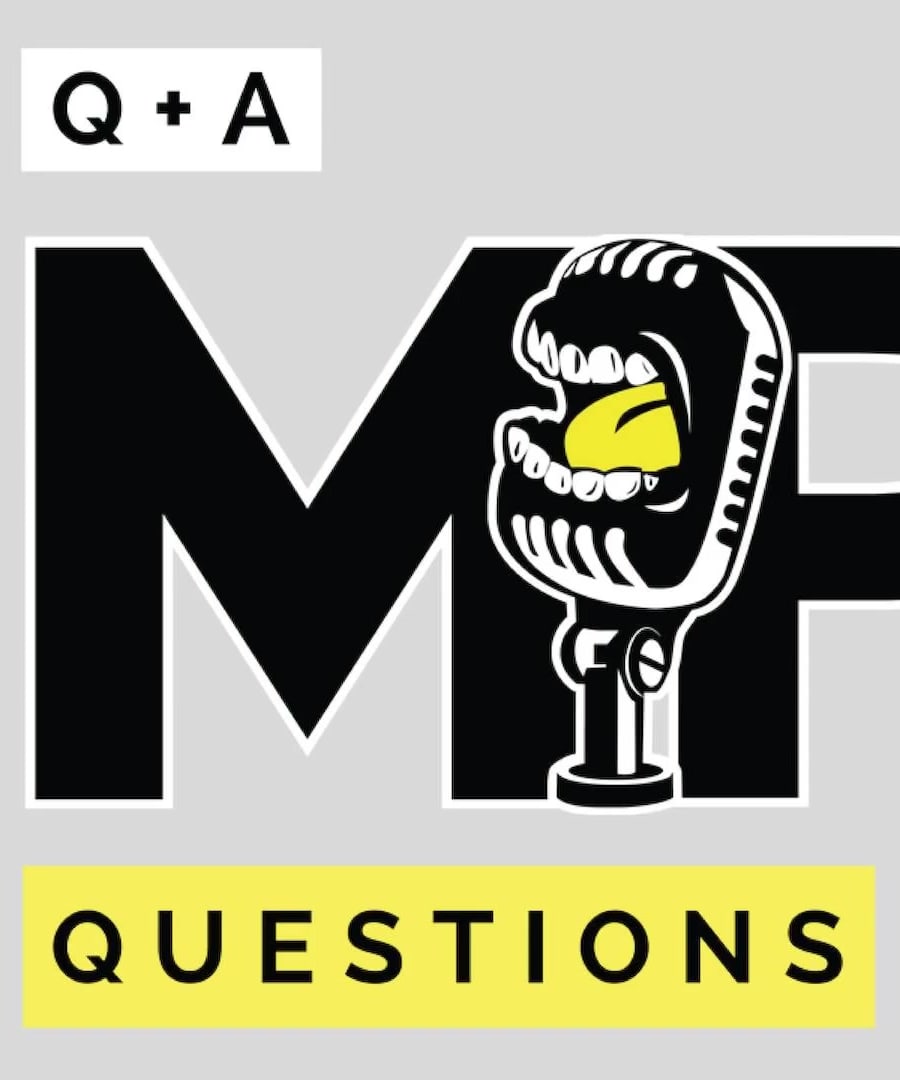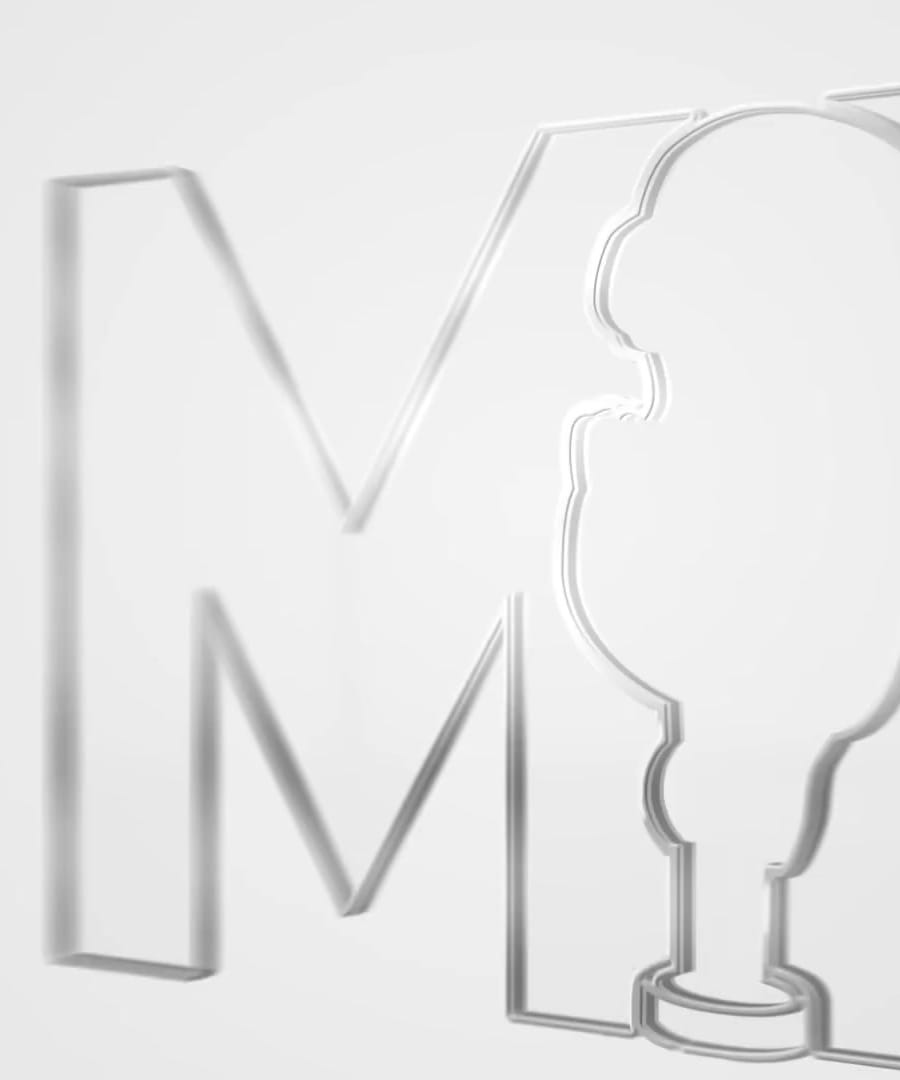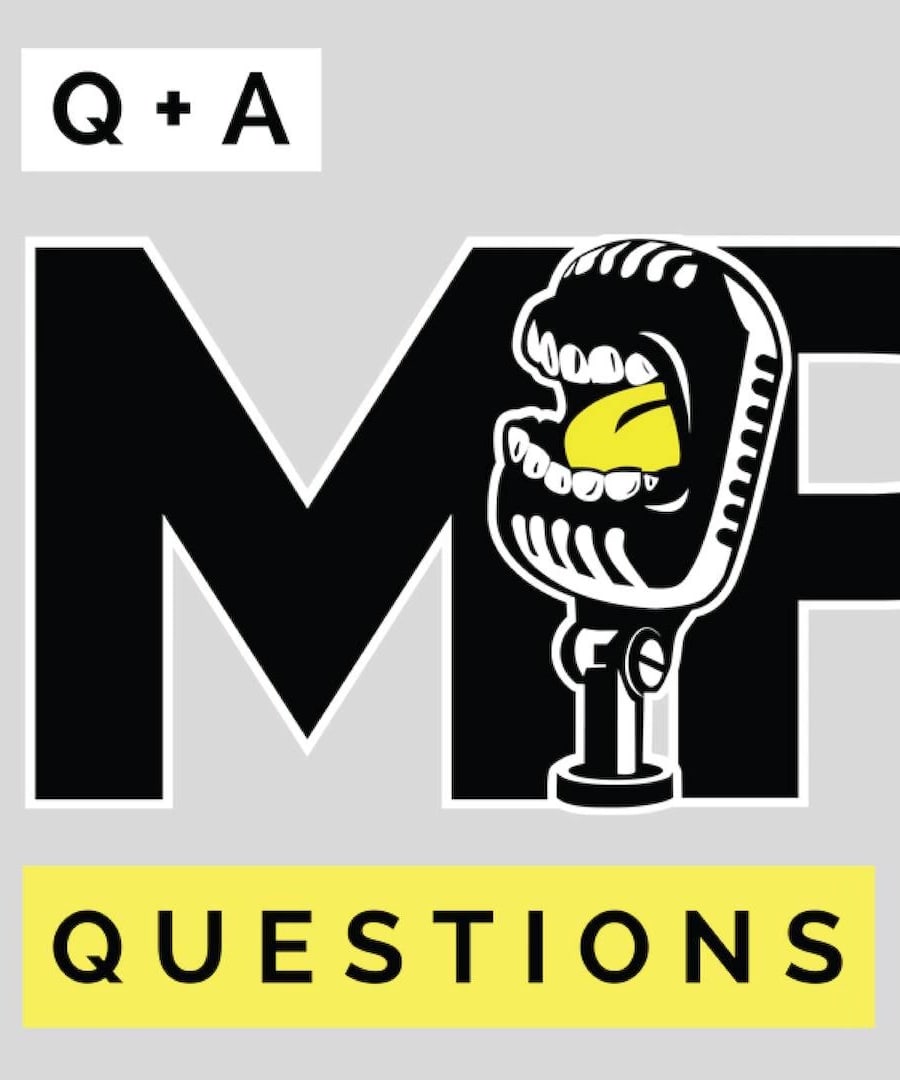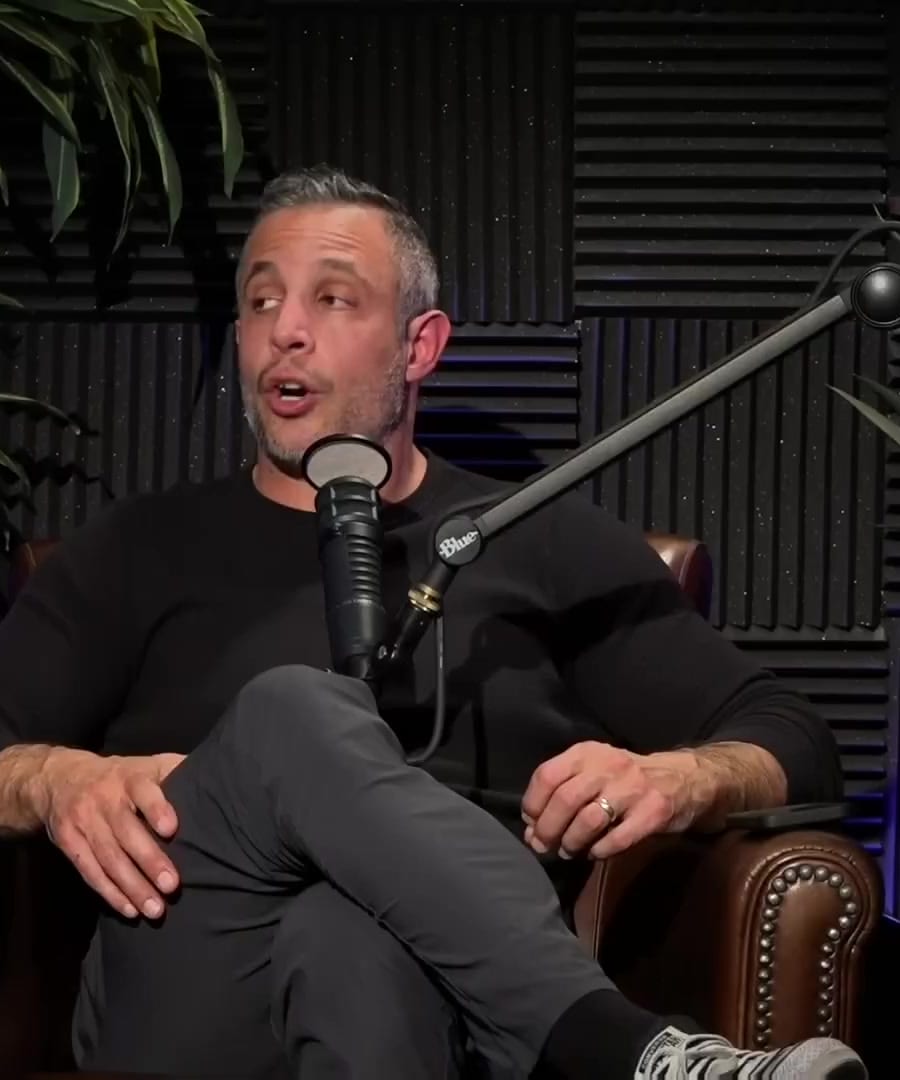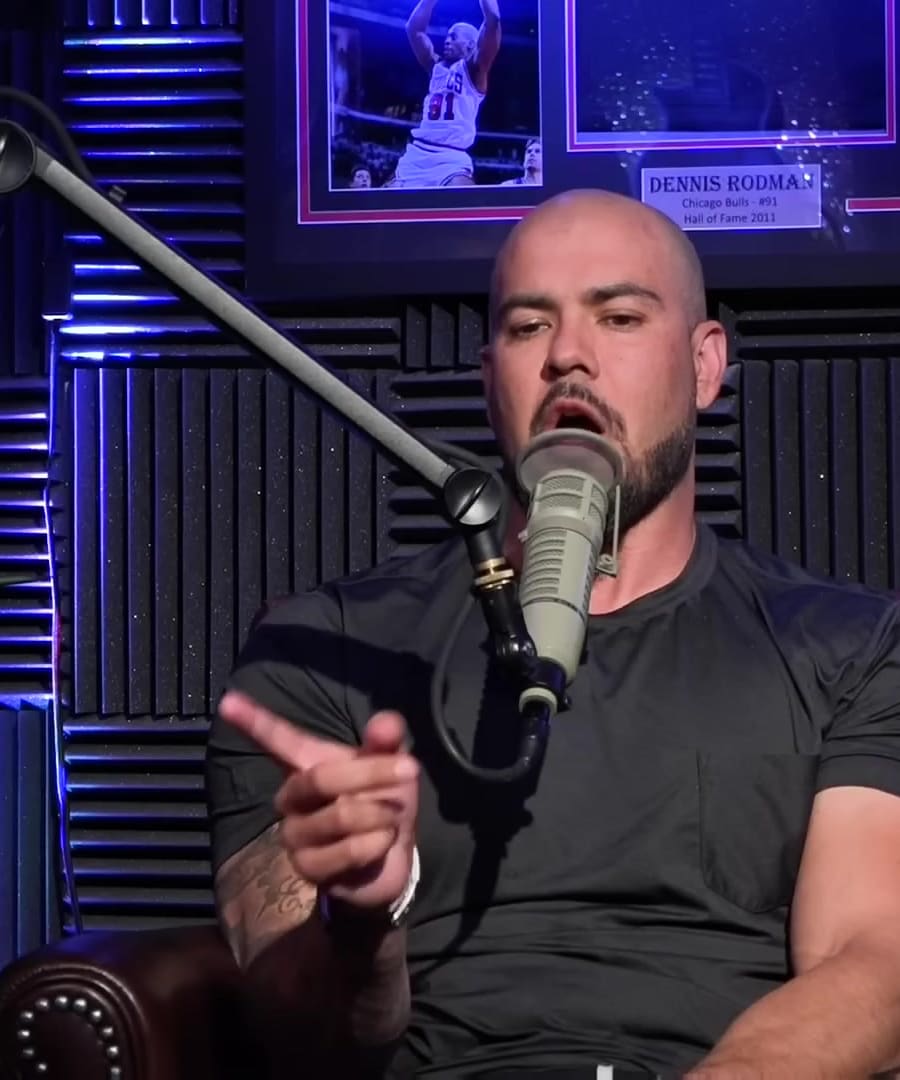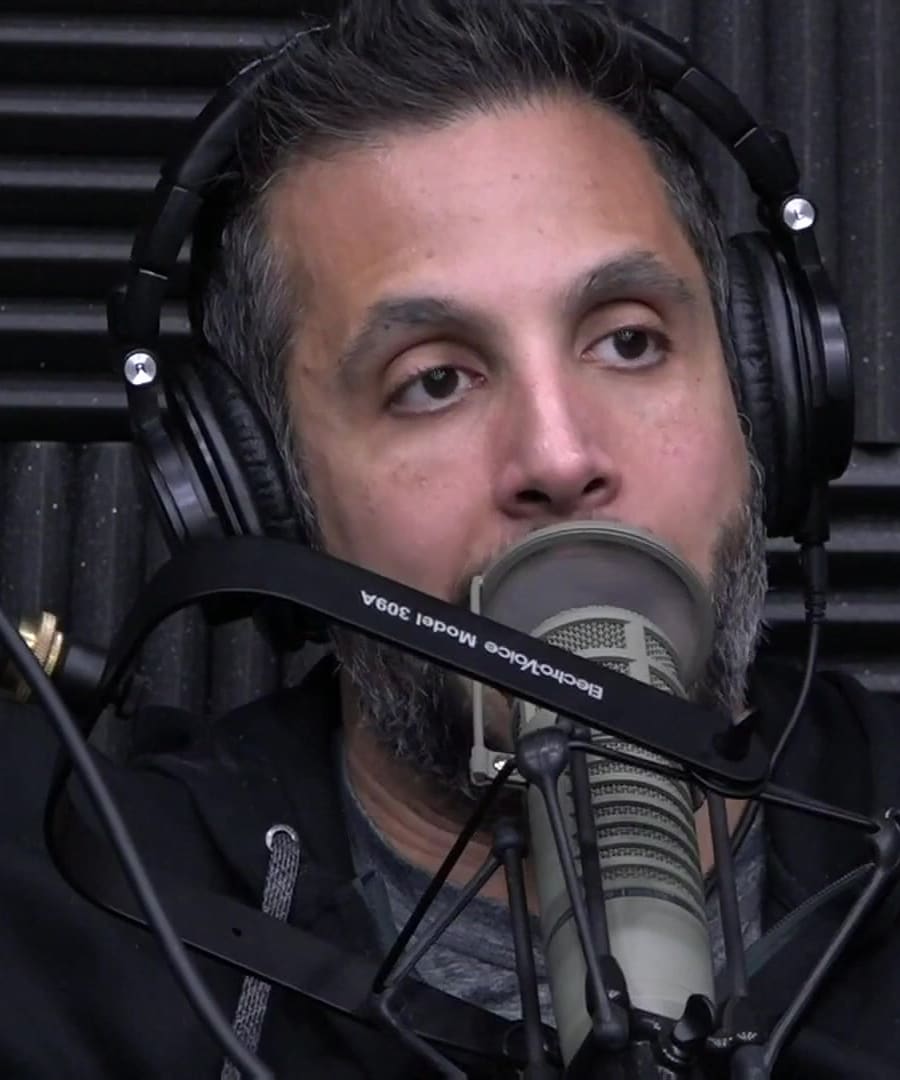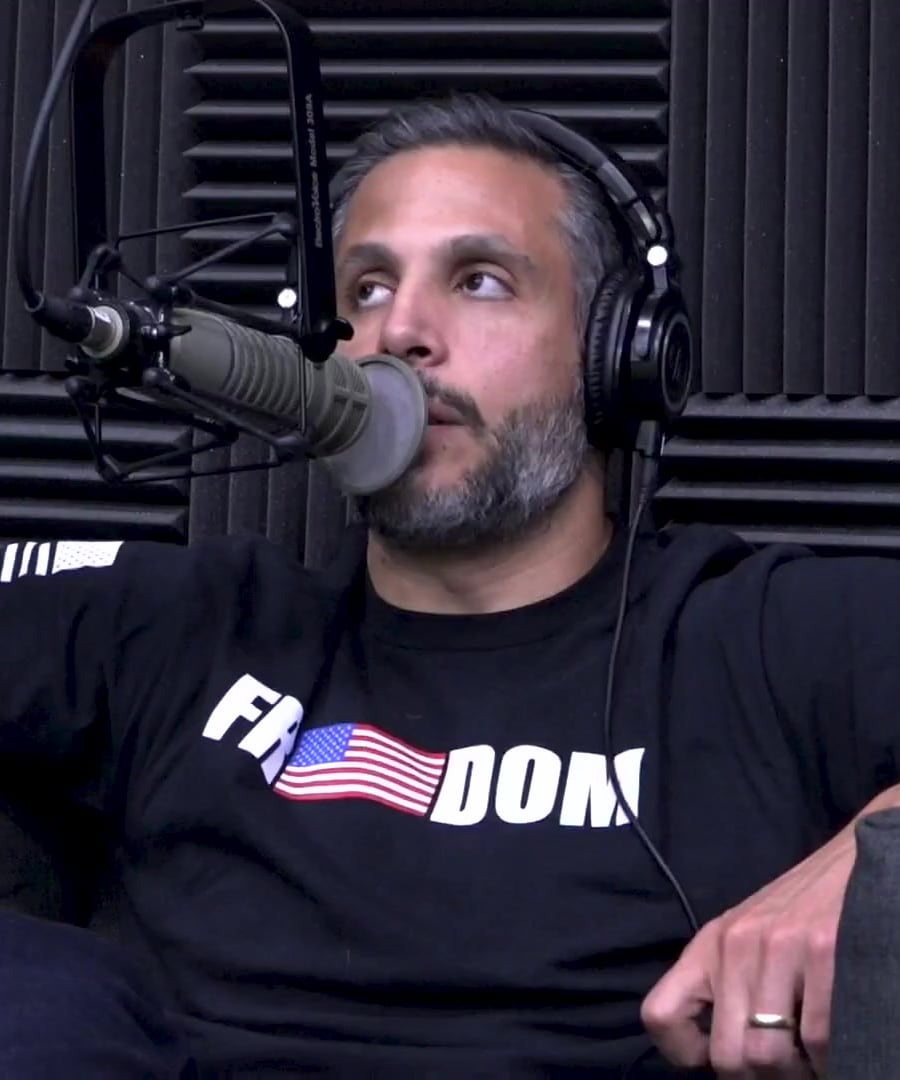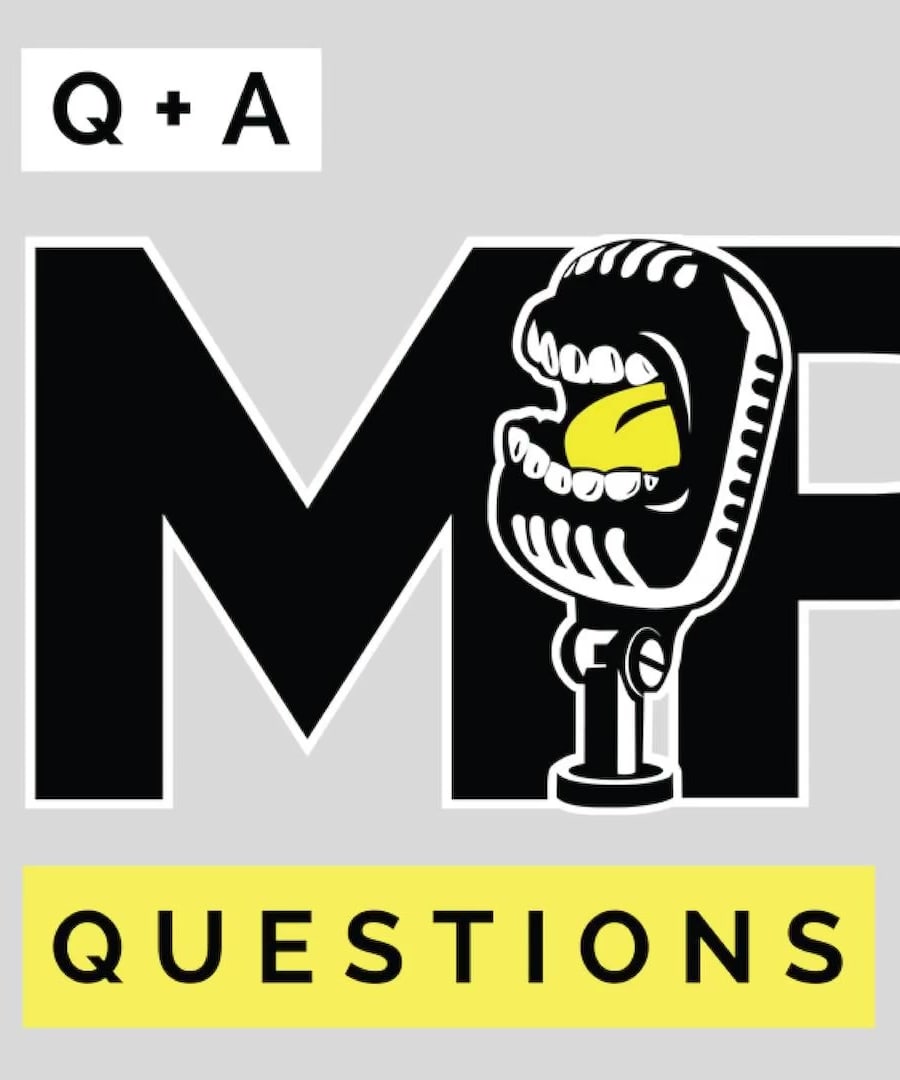Should I cut or bulk at %30 bodyfat
Sources:
At 30% body fat, the hosts of the Mind Pump Podcast recommend focusing on cutting (losing fat) rather than bulking (gaining muscle). In cases where body fat is high, efforts should be directed towards reducing it to improve overall health and appearance.
Sal Di Stefano emphasizes that monitoring body fat percentage and strength is crucial. With a properly structured program, you can simultaneously gain muscle and lose fat, resulting in little to no change on the scale but significant body composition improvements 1.
Additionally, Sal highlights the importance of body composition over mere scale weight. By maintaining muscle while cutting fat, you can avoid slowing your metabolism and ending up as a smaller but equally unhealthy version of yourself 2.
In another scenario, Sal and Adam discuss strategic approaches to cutting and bulking by utilizing shorter cycles to avoid metabolic slowdown and preserve muscle 3. For those at higher body fat percentages, the primary goal should often be fat loss rather than immediate muscle gain 4.
Therefore, the focus should be on cutting down the body fat percentage while ensuring sufficient strength training to maintain muscle mass.
RELATED QUESTIONSHow long should cutting/bulking cycles be?
Sources:
The hosts of Mind Pump Podcast offer specific strategies for the length of cutting and bulking cycles, adapting them based on individual goals and responses:
-
Mini Bulks and Mini Cuts:
- Sal Di Stefano suggests a cycle of three to four weeks of bulking followed by one week of cutting to optimize muscle gains with minimal fat gain. Conversely, if cutting is the goal, use a similar three to four-week cycle followed by one week of slight surplus 1.
- This approach helps prevent metabolic slowdown and maintains psychological motivation 2.
-
Longer Cycles:
- For a more extended approach, Sal and Adam recommend spending four to six weeks in the phase that challenges you more (e.g., bulking if you gain easily, cutting if you lean out easily) followed by about two weeks in the easier phase 3.
- Adam Schafer often uses a 4:2 cycle, four weeks in a surplus followed by two weeks at maintenance or slight deficit, or vice versa depending on whether the focus is bulking or cutting 4.
-
Alternating Strategies for Specific Goals:
- For those aiming to significantly change their body composition (e.g., build substantial muscle before cutting for a show), Adam suggests a more traditional bulk for 3-6 months followed by a focused cut. This approach is tailored to those already at a relatively low body fat percentage 5.
In summary, the optimal duration depends on personal goals and how your body responds, but cycles are typically 3-4 weeks for each phase, with brief interruptions to reset metabolism and maintain psychological focus.
RELATED QUESTIONS-
How do I lose 6% body fat
Sources:
Losing 6% body fat involves significant lifestyle and dietary changes, dedication, and a strategic approach. The hosts of Mind Pump Podcast provide several pointers on how to achieve this:
Key Points for Fat Loss
-
Consistency and Obsession:
- Achieving significant fat loss requires an obsessive level of consistency. Small deviations can slow progress considerably, and it’s especially true as you approach lower body fat percentages 1.
-
Caloric Deficit:
- Maintaining a steady caloric deficit is crucial. You need to be very consistent in maintaining this deficit, even minor overeating on weekends can counteract your weekly progress 2.
-
Strength Training:
- Resistance training is essential to preserve muscle mass during the fat loss process. The hosts emphasize the importance of structured workout programs like MAPS, which can provide more guidance and ensure balanced progress 3.
-
Avoid Extreme Diets:
- Crash diets or overly restrictive eating plans often lead to losing muscle mass along with fat, which can decrease metabolism and make future fat loss harder. It’s suggested to take a balanced and sustainable approach to dieting 4.
-
Target Lower Percentages of Body Fat:
- The leaner you get, the harder it is to lose additional fat. Small fluctuations in diet and exercise can have more pronounced effects. This necessitates meticulous tracking and a disciplined approach to both nutrition and training 5.
Practical Steps
-
Track and Adjust Nutrition:
- Start with tracking your food intake. Aim to understand your maintenance calories, then create a moderate deficit. Adjust based on progress by monitoring changes in body fat and overall body composition 6.
-
Regular Monitoring:
- Use reliable methods to track body fat percentage and adjust your plan as necessary. Even a small percentage change is significant when you are already lean 6.
-
Plan for Setbacks:
- Understand that reaching such a low body fat percentage is challenging and often involves setbacks. Learning to navigate and overcome these is part of the process 5.
By following these steps and maintaining patience and dedication, you can achieve a significant reduction in body fat over time while preserving muscle mass and overall health.
RELATED QUESTIONS-
How long should cutting/bulking cycles be?
Sources:
The ideal length of cutting and bulking cycles can vary based on individual goals and how the body responds to different phases. Here are key insights from Mind Pump Podcast on how to structure these cycles effectively:
General Recommendations
-
Mini Cuts and Mini Bulks:
-
Consistency and Balance:
- For those focusing on bulking, a three-week bulk followed by a one-week cut is recommended. Conversely, if the goal is to cut, a three-week cut followed by a one-week bulk can help maintain muscle while losing fat 3.
-
Adapting to Change:
- When you hit a plateau during either phase, interrupting the cycle with a brief opposite phase (e.g., cut during bulking or bulk during cutting) can help reset your metabolism and stimulate further progress 4.
Optimal Lengths Based on Phase
-
Bulking Phase:
- You can bulk for as long as six weeks but should interrupt the phase with short mini cuts or maintenance periods to avoid excessive fat gain and keep the metabolism responsive 5.
-
Cutting Phase:
- Cut for about four weeks, then take a brief one to two-week period at maintenance or slight surplus before resuming the cut. This minimizes negative effects on metabolism and muscle mass 1.
Practical Advice
- Interruption Strategy:
- If you’re bulking, a consistent three to four-week bulk followed by a slight cut can help maintain lean muscle while minimizing fat gain. For cutting, adopt a similar approach with a slight bulk or maintenance period to prevent metabolic slowdown 6.
- Specific to Goals:
- Spend more time in the phase aligned with your primary goal but include brief periods of the opposite phase. For example, if aiming to build muscle (bulk), incorporate periodic maintenance or slight deficits to optimize gains 7.
These structured approaches help in achieving more sustainable progress in body composition and performance.
RELATED QUESTIONS-
What are effective cutting strategies?
Sources:
Effective cutting strategies emphasize fat loss while preserving muscle mass. Here are key strategies discussed on the Mind Pump Podcast:
1. Prioritize Strength Training
Strength training sends a strong signal to preserve muscle even in a caloric deficit. Lifting weights and focusing on strength helps maintain muscle mass and metabolic rate during the cutting phase. Low reps with longer rest periods are recommended for general populations 1 2.
2. Maintain High Protein Intake
A high protein diet supports muscle preservation and fat loss. Aim for a protein intake that matches your target body weight. This applies whether you are bulking or cutting, but it’s especially crucial during a cut to prevent muscle loss 3 4.
3. Avoid Excessive Cardio
Focusing too much on cardio can lead to muscle loss. It's vital to limit high-intensity cardio and instead prioritize activities like walking which are more sustainable and less likely to interfere with muscle preservation 5 4.
4. Incorporate Regular Nutrient Intake
Timing your carbohydrate and calorie intake around workouts can also help fuel your performance and recovery, reducing the likelihood of muscle loss due to insufficient energy during training 2.
5. Monitor and Adjust
Consistently track your muscle mass and strength levels. If significant strength loss is noticed, you may need to adjust your approach, such as increasing caloric intake slightly or re-evaluating your training program 6.
6. Strategic mini-cuts
Periodize your cutting phases with short maintenance or slight bulking periods. This method helps to reset your metabolism and avoid stagnation while maintaining muscle mass 7.
These strategies aim to optimize fat loss without compromising muscle mass, enhancing long-term results and metabolic health.
RELATED QUESTIONSWhat's the best way to get enough protein?
Sources:
Getting enough protein can be a challenge, but the Mind Pump Podcast provides useful strategies to help meet your daily requirements:
1. Prioritize Whole Foods
Whole foods are the best sources of protein due to their nutrient density and bioavailability. They also contain other beneficial nutrients that enhance overall health:
- Animal proteins: Chicken, beef, fish, and eggs are highly recommended. They are rich in high-quality protein and other nutrients like healthy fats, B vitamins, and creatine 1 2.
- Eggs: A versatile and nutrient-dense source, though it can take several eggs to reach a high protein intake 3.
2. Utilize Protein Powder for Convenience
Protein powder is highlighted as a valuable supplement when whole foods are insufficient:
- It’s useful for people who can't regularly consume enough protein from whole foods due to lifestyle constraints.
- It’s particularly beneficial for individuals new to fitness who may struggle with high protein intake from whole foods alone 4 2 5.
3. Integrate Protein into Meals
Incorporating protein-rich foods into every meal helps hit daily protein targets:
- Combining leftover meats with breakfast items like eggs to boost protein content.
- Planning meals around high protein sources and eating protein first to enhance satiety and reduce calorie intake from other sources 6 7.
4. Use Simple Protein Goals
Aim for protein intake based on body weight for simplicity:
- Target 0.6 to 1 gram of protein per pound of body weight.
- Plan to distribute this intake across multiple meals, making each meal's protein intake a priority 8.
Summary
Focusing on whole food sources for protein, using protein powders for convenience, integrating protein across meals, and setting clear intake goals are all effective methods to ensure adequate protein consumption for muscle maintenance and overall health 2 6.
RELATED QUESTIONSWhat are the variations in cutting and bulking cycles?
Sources:
There are several approaches and variations in cutting and bulking cycles based on individual goals, preferences, and physiological responses:
1. Traditional Bulking and Cutting Cycles
- Bulking Phase: Focused on building muscle, typically involves consuming a caloric surplus and lifting heavy weights. This phase is maintained for several weeks to months depending on goals 1 2.
- Cutting Phase: Aimed at reducing body fat while preserving muscle mass, involves a caloric deficit and maintaining muscle through resistance training. This phase also lasts for several weeks to months 3.
2. Mini Bulks and Mini Cuts
- Mini Bulk: A shorter, controlled period of caloric surplus, typically lasting around 3 weeks, followed by a shorter cut (1 week) to minimize fat gain while building lean muscle 1.
- Mini Cut: A brief period of caloric deficit, typically lasting 3-4 weeks, followed by maintenance or a slight surplus period to prevent metabolic adaptation and muscle loss 3 4.
3. Adjusting Duration Based on Personal Response
- Time Frames: Adjust the length of bulking and cutting periods based on individual response and goals. For instance, some might benefit from longer bulks with intermittent short cuts, while others may prefer more frequent shifts between the two 5 6.
- Ratio Approach: Use ratios such as 3 weeks of bulking followed by 1 week of cutting, or 4 weeks on and 1 week off approach to manage body composition and metabolic health effectively 1 2.
4. Carb Cycling
- Carb Cycling: Alternating high and low carbohydrate days to support muscle building while promoting fat loss. Typically, high-carb days are aligned with intense workout days to replenish glycogen stores and support performance, while low-carb days are used to create a caloric deficit 7.
5. Psychological Aspects
- Mental Hurdles: Managing the psychological impact of bulking and cutting can be challenging, especially for individuals prone to body image issues. Strategies such as covering up to avoid constant checking in the mirror, trusting the process, and using objective metrics rather than visual cues can help 8.
Summary
Choosing the right strategy for cutting and bulking depends on individual goals, body responses, and psychological comfort. Traditional cycles, mini cycles, carb cycling, and personalized timings can all be effective, with the key being consistency and proper caloric and training management 1 2 7 5 4.
RELATED QUESTIONS







